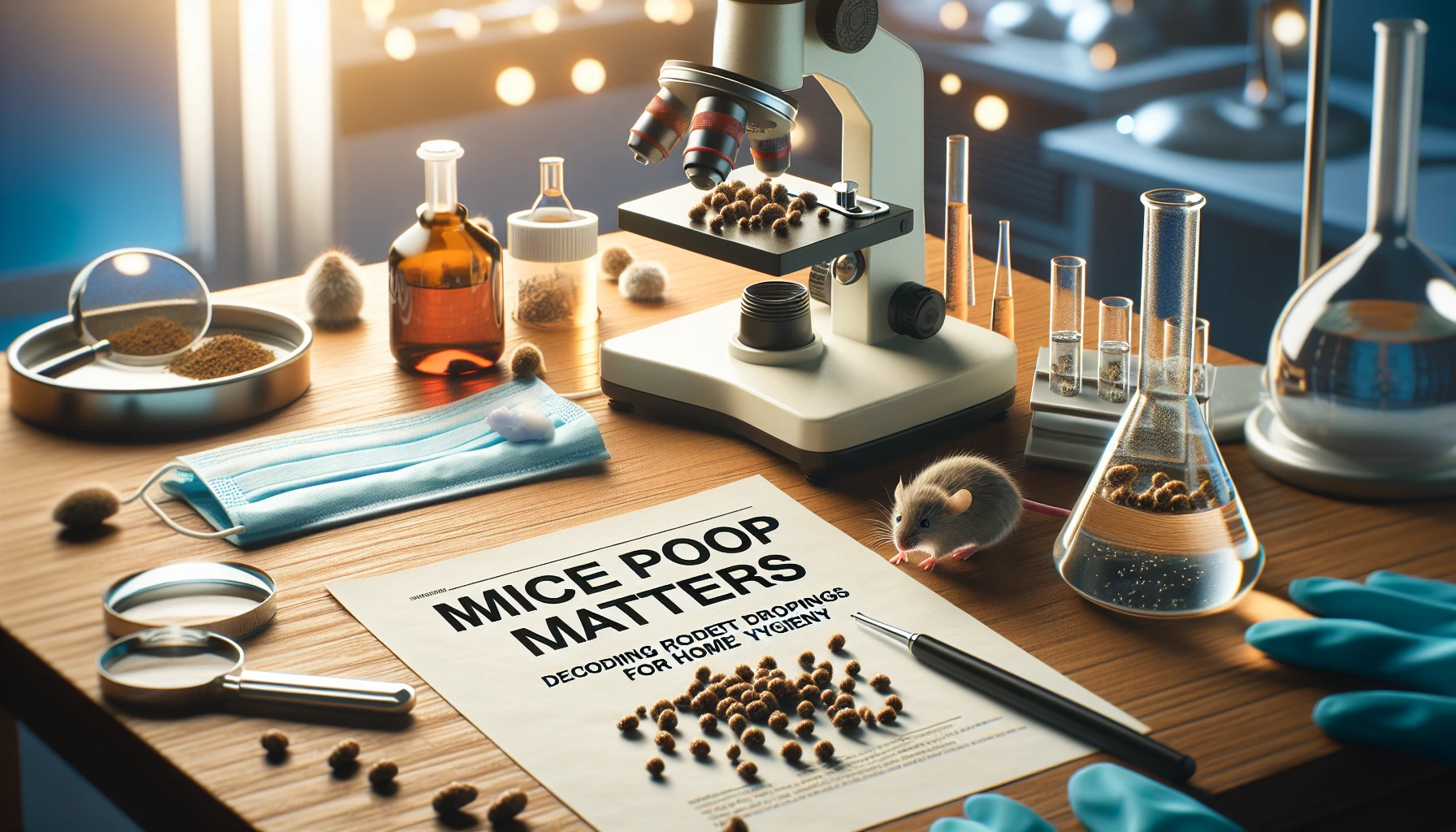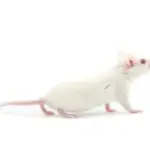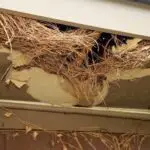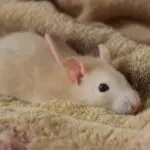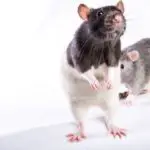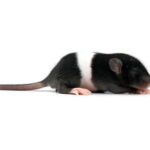Mice Poop Matters: Decoding Rodent Droppings for Home Hygiene
Introduction to Mice Poop
Picture this: you’re moving the fridge for a deep clean, and there they are—tiny, dark droppings that make your heart sink. Yes, we’re dealing with mouse poop. Mice droppings are pesky indicators of a furry intruder, and they can pop up just about anywhere in your cozy abode. Finding them behind the toaster, along baseboards, or in the back of a rarely opened cabinet is more common than you’d wish.
Why does this matter? Well, these uninvited leftovers aren’t just unsightly; they’re a billboard for health risks. Mouse droppings can harbor dangerous bacteria and viruses, such as hantavirus or salmonella. Ignoring them is like rolling out the red carpet for potential health issues. It’s like the game of hide and seek you never wanted to play, where uncovering their hiding spots is the key to protecting your home’s hygiene.
Health risks associated with rodent droppings are nothing to scoff at. Sure, you can’t don a biohazard suit every time you stumble upon these signs of furry fiends, but taking swift action is non-negotiable.
Wondering what the difference is between that piece of black rice and actual mouse poop? You’re not alone. It’s time to become a bit of a poop detective. Check out this informative video which sheds light on exactly what you’re finding—and what to do about it.
Now, let’s talk prevention. Before you’re playing detective with droppings, wouldn’t it be better to block those whiskered intruders altogether? Take a peek at our comprehensive guide on how to fortify your home against rodents – an ounce of prevention can save you a world of hassle.
In our Mice Poop Matters: Decoding Rodent Droppings for Home Hygiene article, we’ll keep diving deep into the nitty-gritty of what those droppings can signify and, more importantly, how to handle them with care. Stick around to ensure these uninvited guests don’t overstay their welcome.
Identifying Mice Poop
When embarking on a household inspection for unwanted furry intruders, one of the most telltale signs is the presence of rodent droppings. But not all pellet-shaped leavings are created equal. Let’s dive into the nitty-gritty of mouse feces and ensure that you’re not misidentifying this crucial clue in your home hygiene investigation.
Picture this: you’re moving boxes in the garage, and you spot something resembling tiny, dark grains of rice tucked in a corner. If you’re pinpointing these droppings as mere dirt or dismissable debris, think again! Mouse droppings are typically 1/4 inch in size, shaped like a spindle, and are often found in clusters. While they start out dark and moist, they age to a crumbly grey, resembling a sesame seed past its prime.
Now, you might wonder, “Can’t these be from any rodent?” Well, not exactly. Mice are modest creatures, and so are their droppings when compared to their larger relatives. For instance, rat droppings are heftier and darker, roughly the size of an olive pit. Confusing the two can lead to ineffective solutions, so ensuring an accurate ID is key—like distinguishing a Chihuahua from a German Shepherd in the canine side of things.
It’s not just about size and shape; location and quantity also play a pivotal role. Mice aren’t exactly private about their bathroom habits, so you might find their droppings scattered around food packages, under sinks, or inside chewed merchandise. They’re prolific poopers, leaving behind up to 70 souvenirs a day, making an undiscovered mouse party quite the fecal fiesta.
Identifying mouse poop isn’t always pleasant, but it’s a crucial step in maintaining a clean, rodent-free home. For a visual point of reference on how to identify and track these minute menaces,
Remember, finding mouse droppings isn’t a reflection of your cleanliness; it’s an call to action—like finding breadcrumbs that lead back to an uninvited guest. By paying keen attention to these details, you’ll go from confused to confident in your rodent recognition skills.
Health Risks Associated with Mouse Droppings
Have you ever spotted those tiny, dark pellets around your home and wondered if they’re just harmless crumbs? Think again! Those could very well be mouse droppings, and they’re far from innocuous. In fact, keeping your home free from rodents is not just about preventing a nuisance; it’s essential for your health. Mouse droppings can be a vehicle for some downright dangerous diseases.

Take hantavirus, for example. It’s a severe respiratory disease that humans can contract after breathing in dust contaminated with rodent urine or droppings. Now picture this: you’re cleaning out your garage, sweeping the floor, and without even knowing it, you’re sending microscopic particles into the air and right into your lungs. This scenario is how hantavirus spreads, and it can happen in any space where mice have been squatting.
But the buck doesn’t stop there. Salmonellosis, usually known for being spread through undercooked food, can also make its way into your system through these pesky pellets. Imagine preparing your kitchen counter for dinner, where a sneaky mouse had a fiesta the night before. A simple cross-contamination from surface to food, and bam! You could be down with a severe case of food poisoning.
And if those aren’t scary enough, let’s talk about leptospirosis. It’s an infection you could get from water or soil contaminated with infected mouse urine. Think gardening in your backyard where rodents have relieved themselves, or kids playing in puddles that might not just be rainwater – that’s the risk of leptospirosis lurking around.
The key to minimizing these risks? Awareness and prevention. Understanding that these health hazards exist is the first step. The next is being proactive about keeping your home rodent-free and practicing safe cleaning habits, especially in areas where mouse droppings are found. Always wear gloves, use a face mask, and ensure proper ventilation – because your health is worth that extra mile.
Proper Cleanup Procedures for Mice Poop

When it comes to household pests, few things are as unsettling as discovering evidence of mice in our homes. It’s not just about the tiny pitter-patter behind the walls, it’s what they leave behind. Yes, we’re zeroing in on mice poop—those little dark pellets that strike a chord of concern for homeowners everywhere. But don’t worry; with the right approach, you can declare victory over these unsanitary calling cards.
First things first, suit up! You wouldn’t charge into battle unprotected, would you? Think of yourself as a hygiene warrior, armor being your gloves and a face mask. These are non-negotiable when you’re on the frontlines against potential hantavirus that can lurk in rodent droppings. Safety goggles are also a smart addition to shield your eyes from any disturbing dust particles.
Now, let’s talk weaponry—your cleaning agents. You’ll need a disinfectant that doesn’t pull its punches. Reach for a bleach solution (one part bleach to ten parts water) or a commercial disinfectant with gusto. But remember, before going all-in with your spray, the area needs a gentle once-over, so you’re not kicking up a storm of droppings. Keep those little critters moistened to avoid aerosolizing any viruses.
Let’s set the scene: Imagine you’ve just found a small, unassuming deposit of droppings behind your beloved toaster. Don’t just grab a broom and start sweeping—that’s the rookie move we want to avoid. Instead, spritz the area with our disinfectant, let it give the droppings a proper soaking for at least five minutes, then, grab paper towels and gently scoop up the evidence. This method ensures you’re not giving those droppings a chance to contaminate the air you breathe.
After the removal operation, it’s time for a top-to-bottom clean. Disinfect the whole area with the gusto of a superhero saving the world—one square inch at a time. And don’t forget to dispose of your biohazard waste correctly. Seal the bag, and send those droppings packing out to the trash bin like yesterday’s news.
Mopping up afterward seals the deal. A good mop with hot, soapy water ensures that any residual nastiness is wiped away. Now, stand back and admire the squeaky-clean victory you’ve achieved over the mice poop. Home hygiene: 1, Pests: 0.
Cleaning Up Like a Pro
So there you have it—your guide to tackling mouse droppings with the precision of a seasoned pro. Remember, it’s all about preparation, protection, and precision. With these steps, you’re not just cleaning, you’re ensuring peace of mind in a home that’s as clean as it is comfortable. Whether it’s a single pellet or an entire offensive line of droppings, you’re equipped to handle it calmly, safely, and effectively. Happy cleaning!
Preventing Mice Infestations
It’s not just about the squeak in the night or the chewed wires; it’s about health, hygiene, and home sanity. That’s right, we’re talking about mice – uninvited guests who leave their calling card, mice poop, in the least desirable places. Keeping these critters out is essential, so let’s seal the deal on some proactive pointers!
First things first, seal any mouse-sized openings – and believe me, they don’t need much space to squeeze through. We’re talking cracks in the foundation, gaps around windows and doors, and vent covers that might as well have a “Welcome” sign. Grab that caulk gun and get to work, because even a hole as tiny as a dime can be a grand entrance for our rodent friends.
Next, it’s all about decluttering. You know those old boxes in the attic and that pile of magazines you swear you’ll read someday? They might just be the perfect apartment complex for mice. By reducing clutter, you’re taking away their hideouts, making your home less attractive for a mouse Airbnb.
Now, let’s talk about food – not your dinner, but how you store it. Mice have a keen nose for a free buffet, and that torn cereal box is an open invitation. Storing food in airtight containers isn’t just for pantry organization; it’s a critical strategy in the ‘preventing mice roadshow’.
But these are just short-term fixes, mere band-aids on a potentially larger issue. Long-term solutions require a bit more finesse and a keen eye for detail. Consider a home inspection to identify high-risk areas and potential entry points. Sometimes a professional touch can make all the difference in fortifying your home against these furry invaders. And if you want a swoop of sage advice on keeping all pests at bay, not just our micey counterparts, we’ve got you covered.
Remember, the goal is to prevent mice from thinking your home is the Ritz-Carlton of rodent retreats. A well-maintained house without rooming vacancies is your best bet. And hey, while you’re at it, why not throw in some natural deterrents like peppermint oil – because nothing says “keep out” like the stench of a minty fresh fortress.
It’s time to take the reins in this showdown with tenacity and a touch of mouse-proof panache. With these preventative measures, you can say goodbye to those pesky droppings and hello to a clean, mouse-free home.
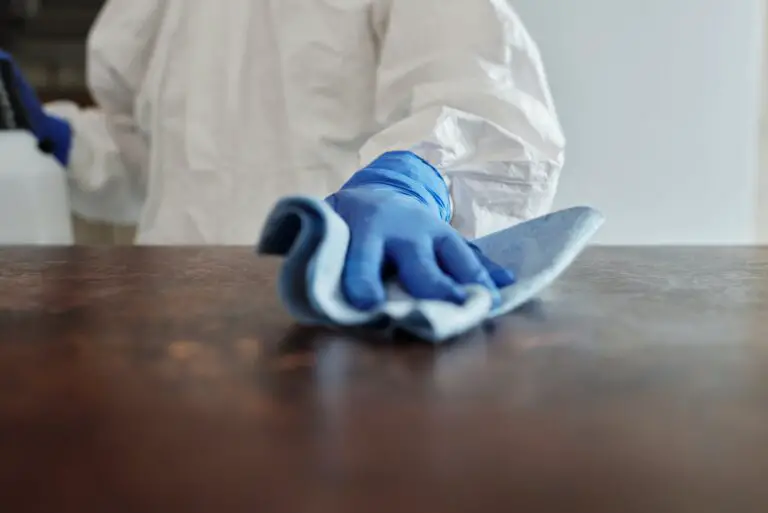
Professional Help Vs DIY for Mice Extermination
When it comes to getting rid of mice, the battle is as old as time. You’ve probably heard the late-night scurries and seen the unpleasant evidence of mice poop under the sink. The question is, should you hire a professional exterminator, or can you tackle mouse control on your own? Let’s dive into the cheese of the matter!
The Pros of Professional Pest Control
Enlisting a professional means that you’re getting expert knowledge. These pros have seen it all—the shyest of critters and the boldest of rodents. They come equipped with traps that would make even the cleverest mouse second-guess its life choices. A real-world example? Take the Jones family from next door. They tried every trick in the book, from peppermint oil to ultrasonic plug-ins, but nothing beat the tailored solutions and seasoned experience of a professional.
The DIY Approach
Now let’s talk about rolling up your sleeves and taking matters into your own hands. The internet is teeming with DIY mouse control methods. Social media is bursting with tales of homemade concoctions and gadgets claiming to send those furry squatters packing. Sure, the DIY method might have you feeling like MacGyver for a day, but remember, mice are resourceful—they require consistent and intelligent efforts to truly bid them farewell.
Picture this: you’ve set up a mousetrap using a tempting cheddar delicacy. Morning comes, and you find out success has struck… or so you thought. A few days later, whispers (or squeaks) among the mouse community have spread, and they’re avoiding your traps like the plague.
Finding the Right Balance
Ultimately, the debate over professional pest control versus DIY methods boils down to a simple cost-benefit analysis. Consider this: a professional might be a bigger investment initially, but their strategies often lead to long-term rodent resolution, quelling the pesky parade of mice poop. On the flip side, going DIY can be lighter on the wallet and give you the thrill of the hunt, but it comes with the risk of a recurring infestation, and all the hygienic horrors that accompany it.
The final thought? Whether you decide to call in the cavalry or take on the tiny terrors yourself, the key is vigilance and persistence. Because when it comes to mice and their droppings, outwitting them is a matter of home hygiene and peace of mind. As the saying goes, the difference between a squeaky clean home and one that’s still hosting mice parties all depends on your next move—professional help or DIY gusto. Let the extermination games begin!
Frequently Asked Questions
When it comes to keeping your home clean and sanitary, understanding the nuances of mice poop is surprisingly crucial. Let’s dive into some of the most pressing queries you might have about these tiny, unwanted clues that mice leave behind.
How Can You Tell If Mice Droppings Are Fresh?
No one likes the thought of mice scurrying around their pantry, but fresh droppings are a clear sign they’re paying a visit. Fresh mice droppings are dark and moist. As they age, they dry out, becoming lighter in color and crumbly to the touch. Consider it a little ‘poop clock’ that tells you how recently you’ve had furry intruders.
How Often Should You Check for Mice Poop?
Like checking your smoke alarms, regular inspections for mice droppings can save you a whole lot of trouble. Aim to peek behind appliances, inside cupboards, and along baseboards about once a month. Spotting signs early means you’re one step ahead in the ‘keep my house rodent-free’ race.
When Should You Call a Professional?
If your DIY efforts aren’t cutting it and you’re finding droppings frequently, it’s time to phone the pros. Professional pest controllers can track down entry points, set the appropriate traps, and give you peace of mind. Plus, they’re equipped to handle infestations safely, ensuring your home is clean and rodent-free.
Remember, even experts had to start somewhere, and this fascinating video helps decode the mystery behind identifying fresh mice poop in your own home. It’s quite the eye-opener!
Spotting mice poop isn’t a pleasant activity, but it’s an essential step in maintaining a hygienic home environment. Stay vigilant, act quickly, and don’t hesitate to seek help when the situation is out of hand. Your nose—and your sanity—will thank you.
